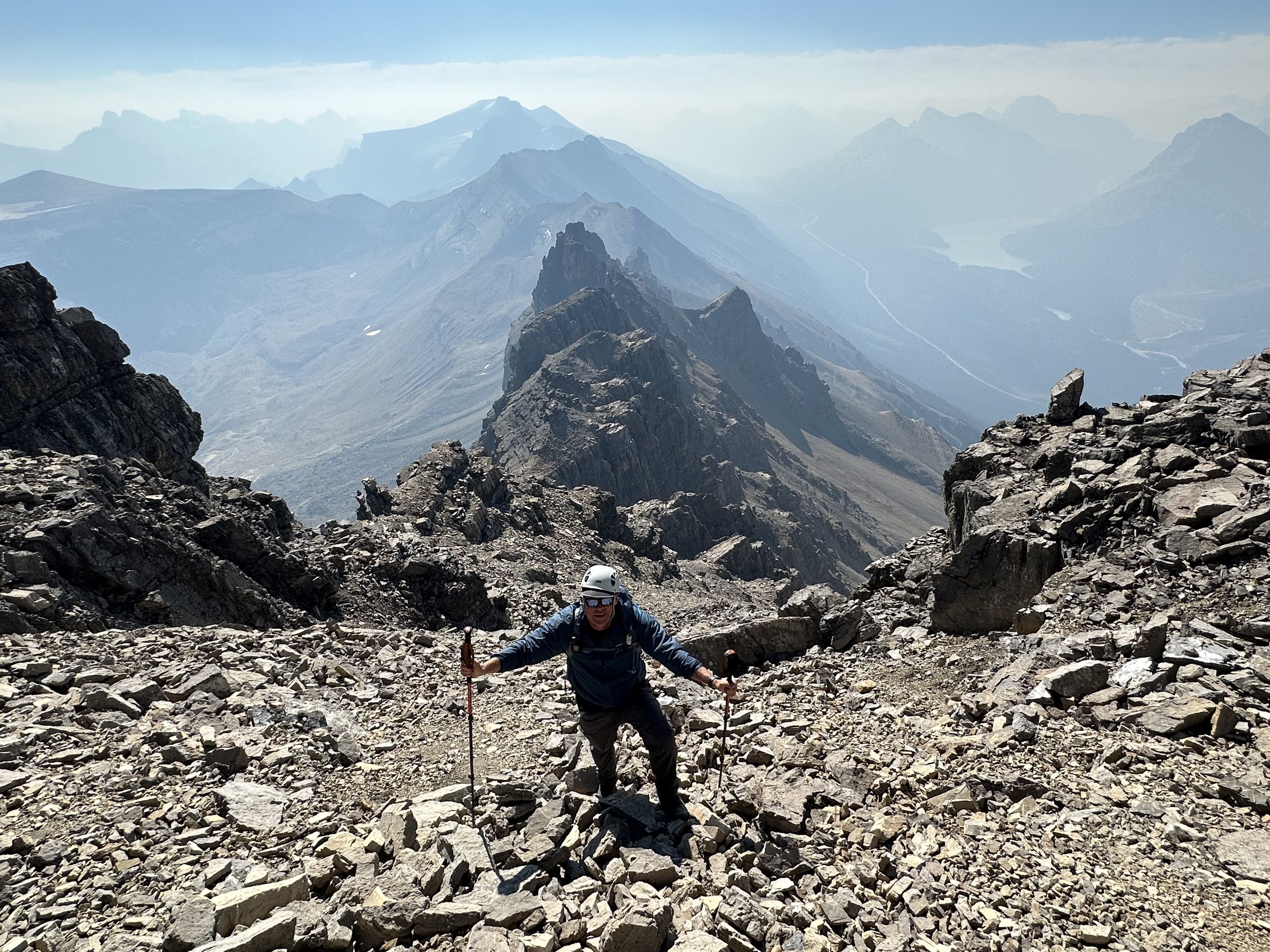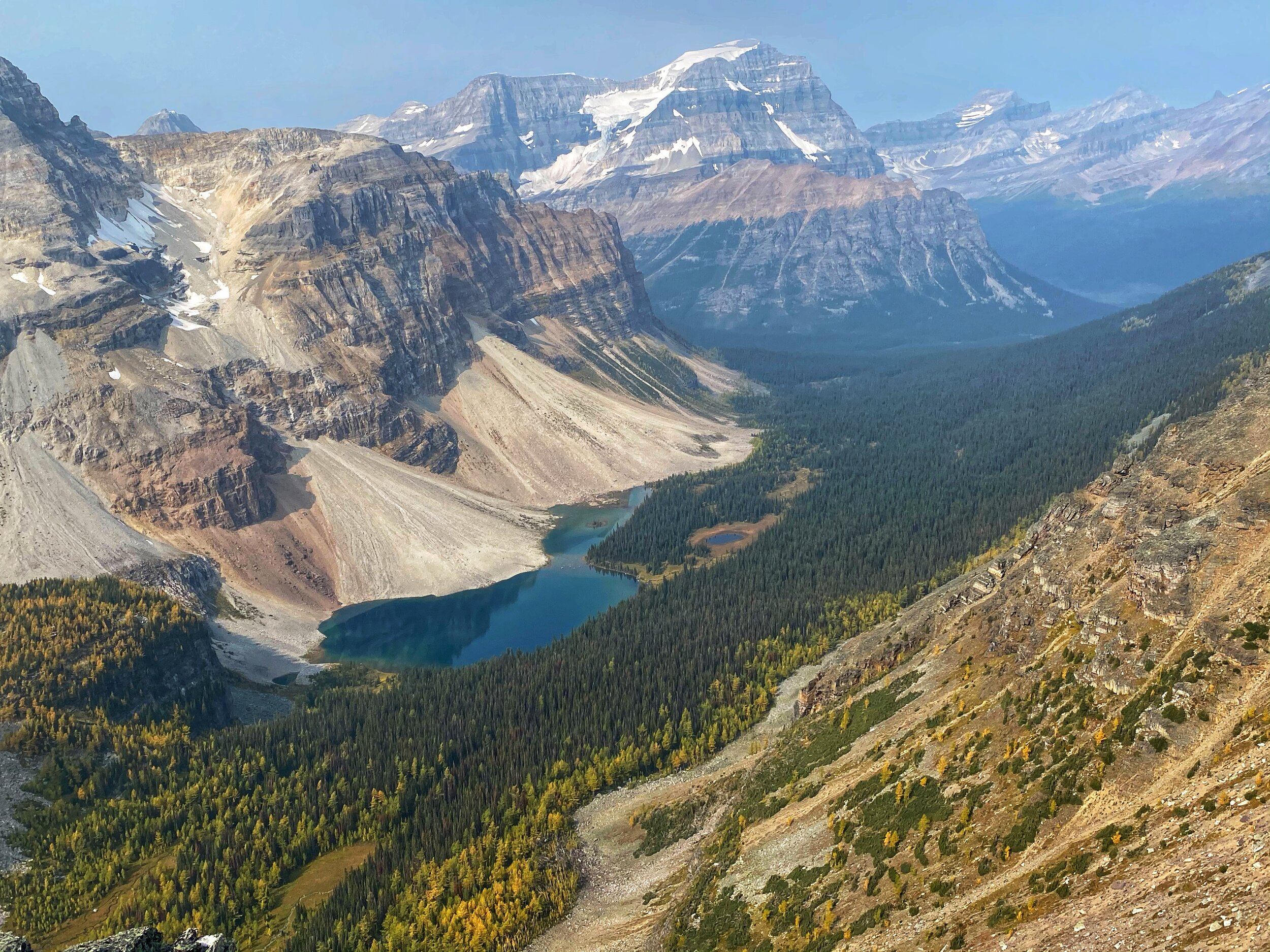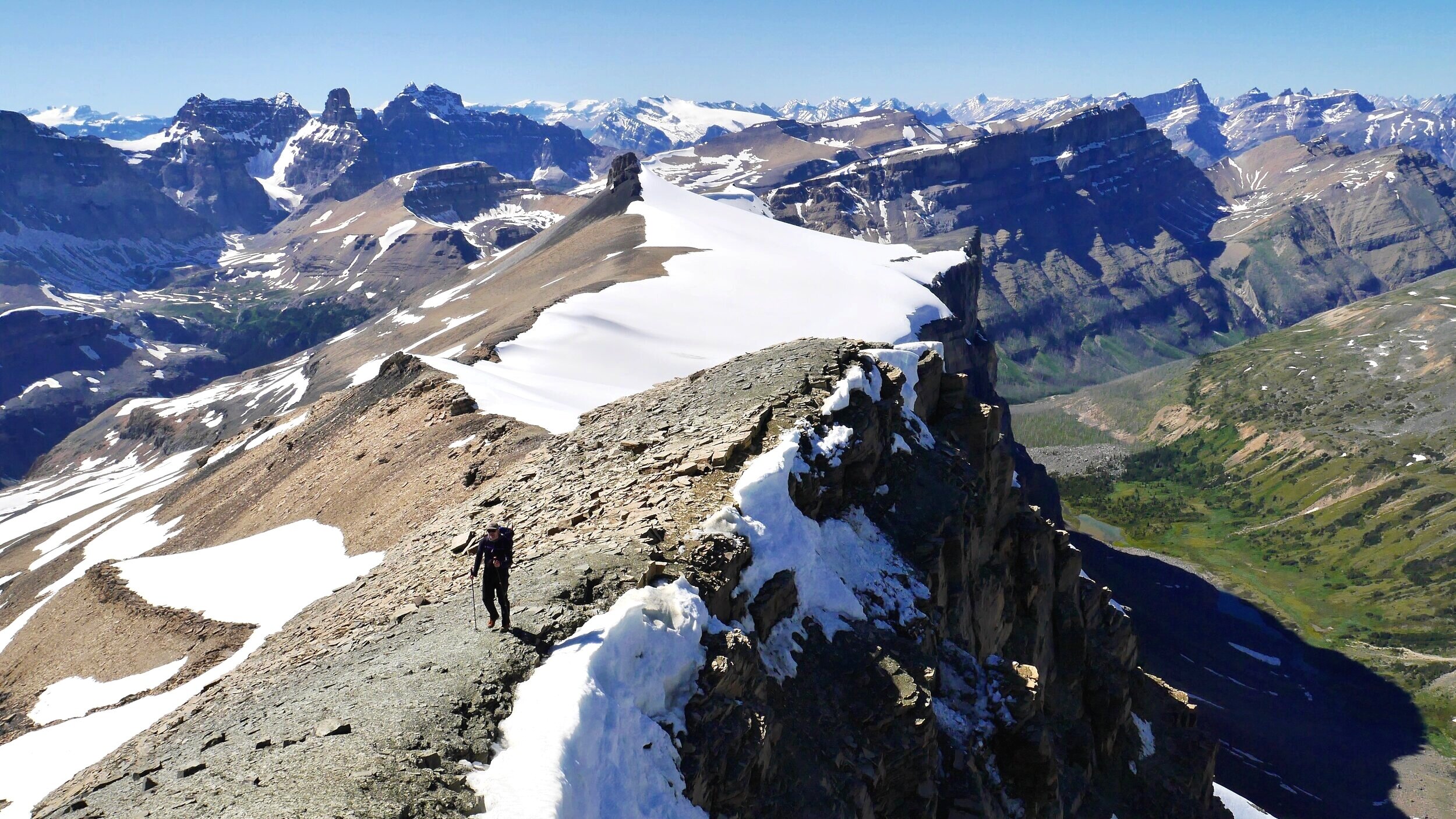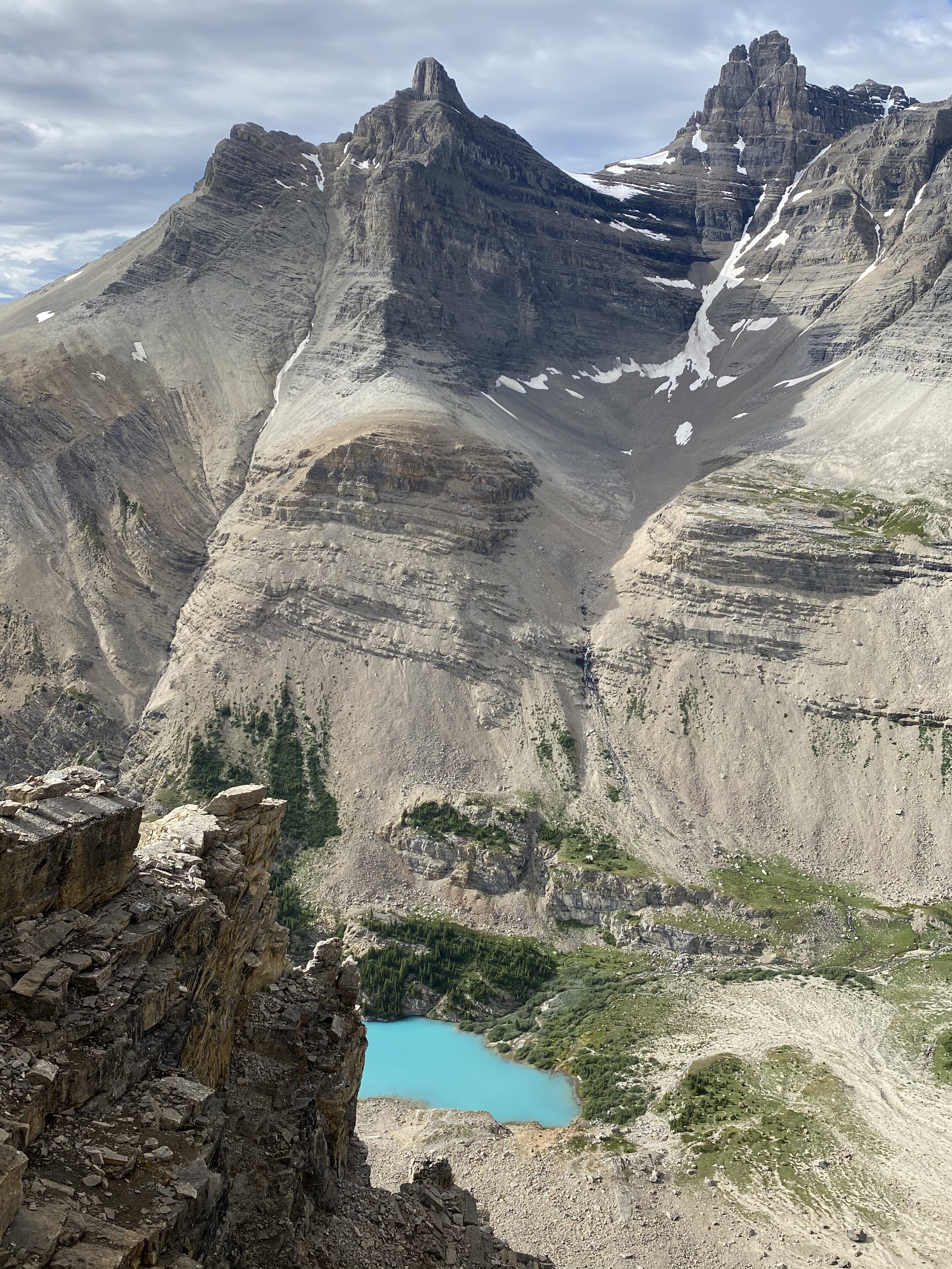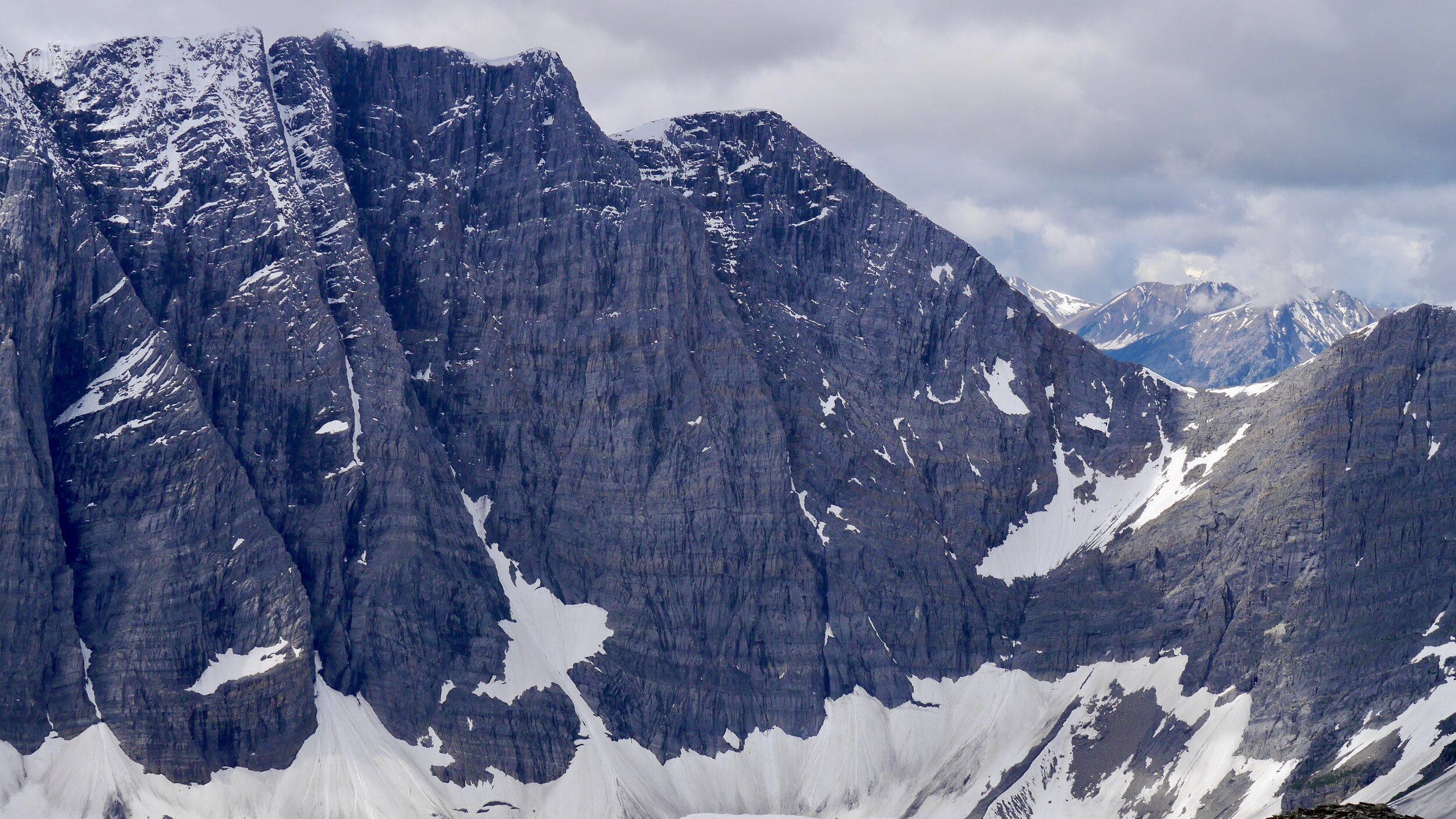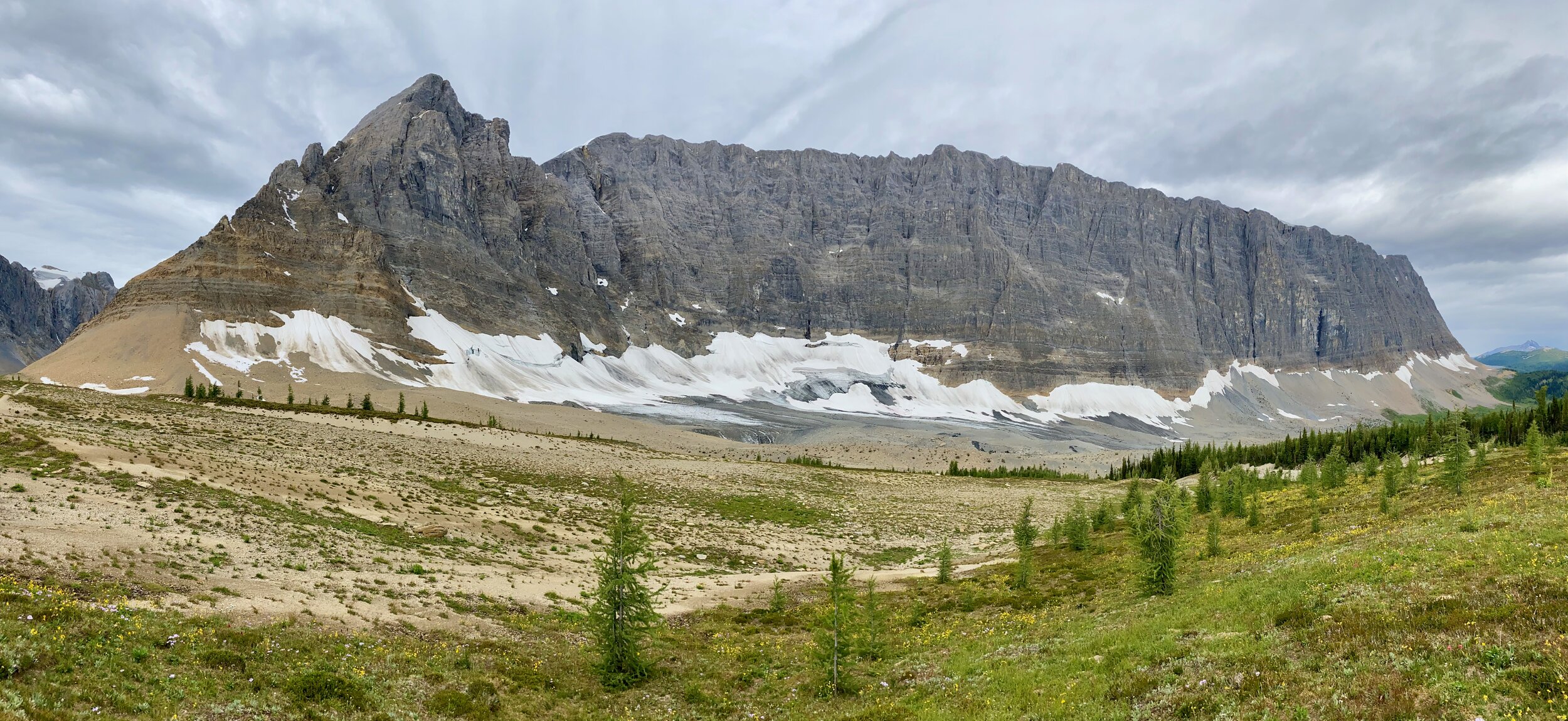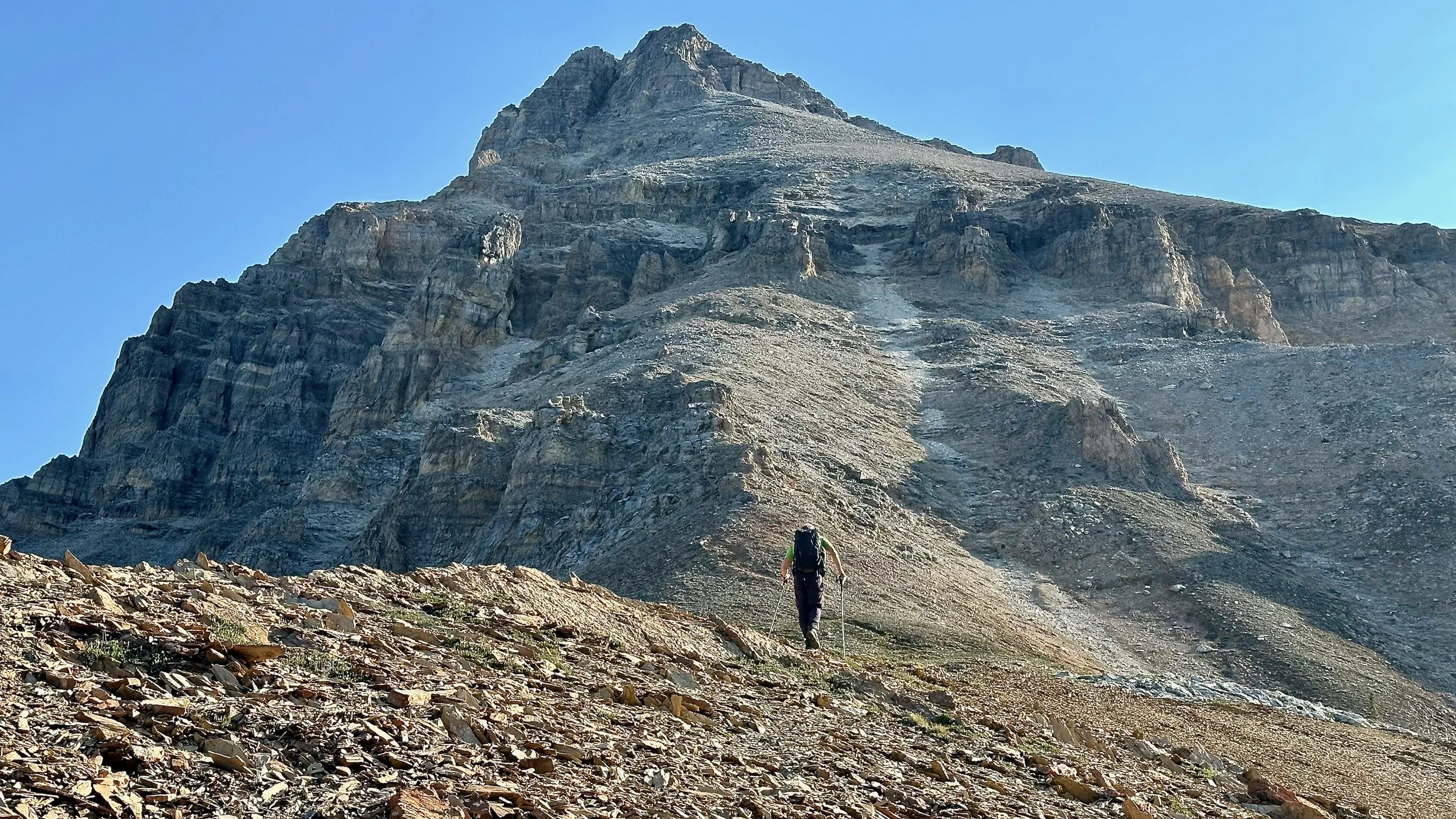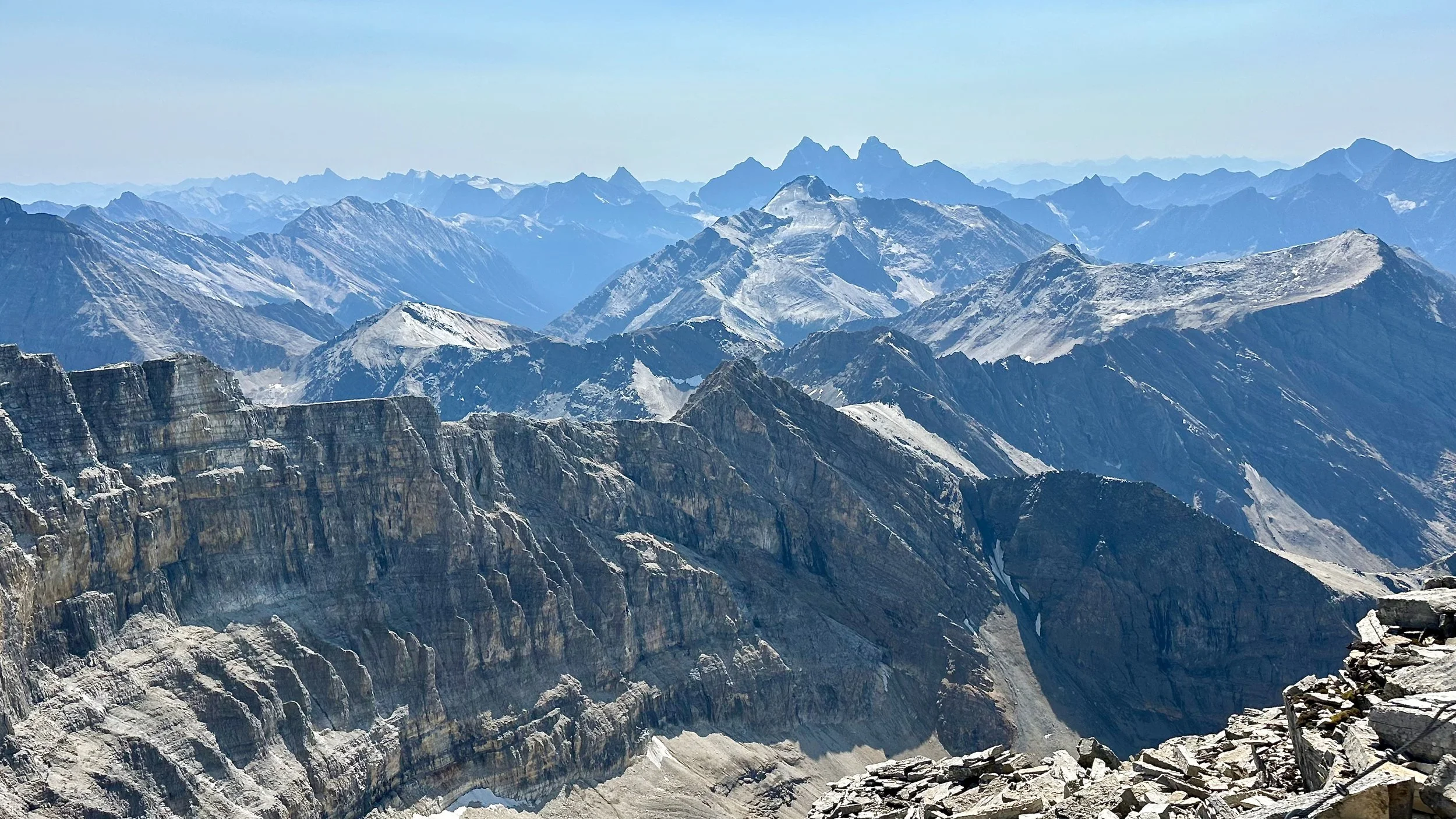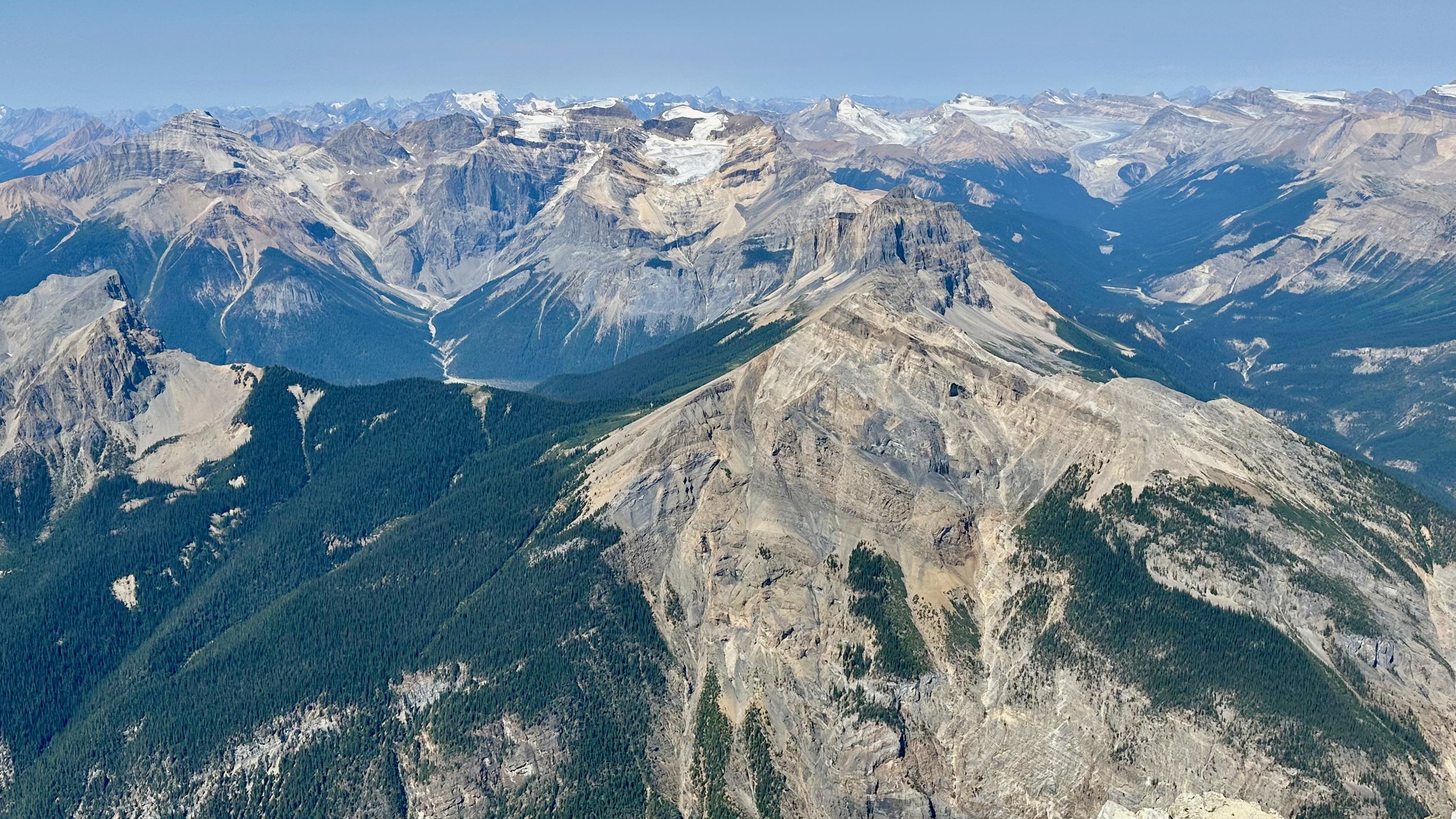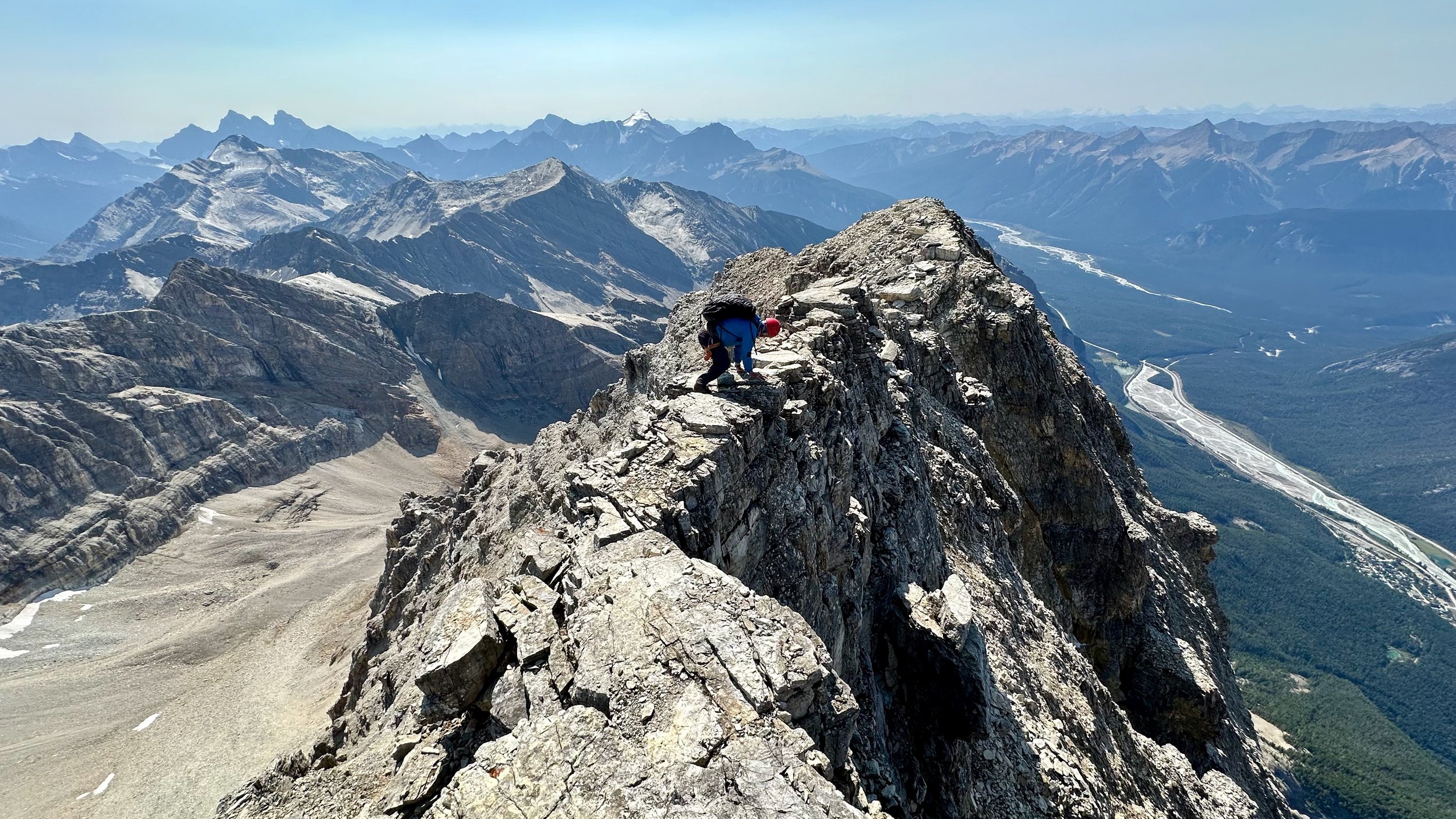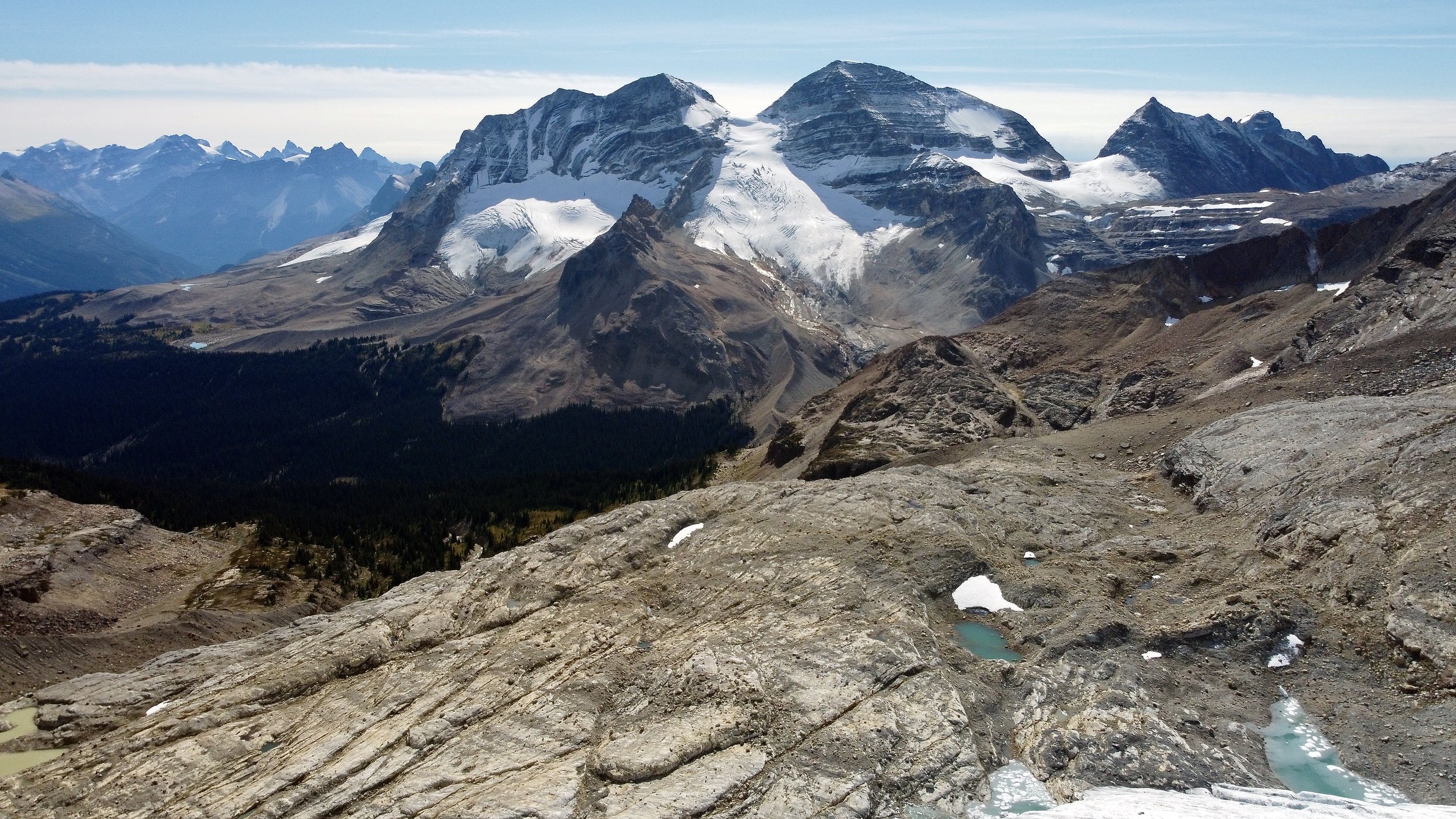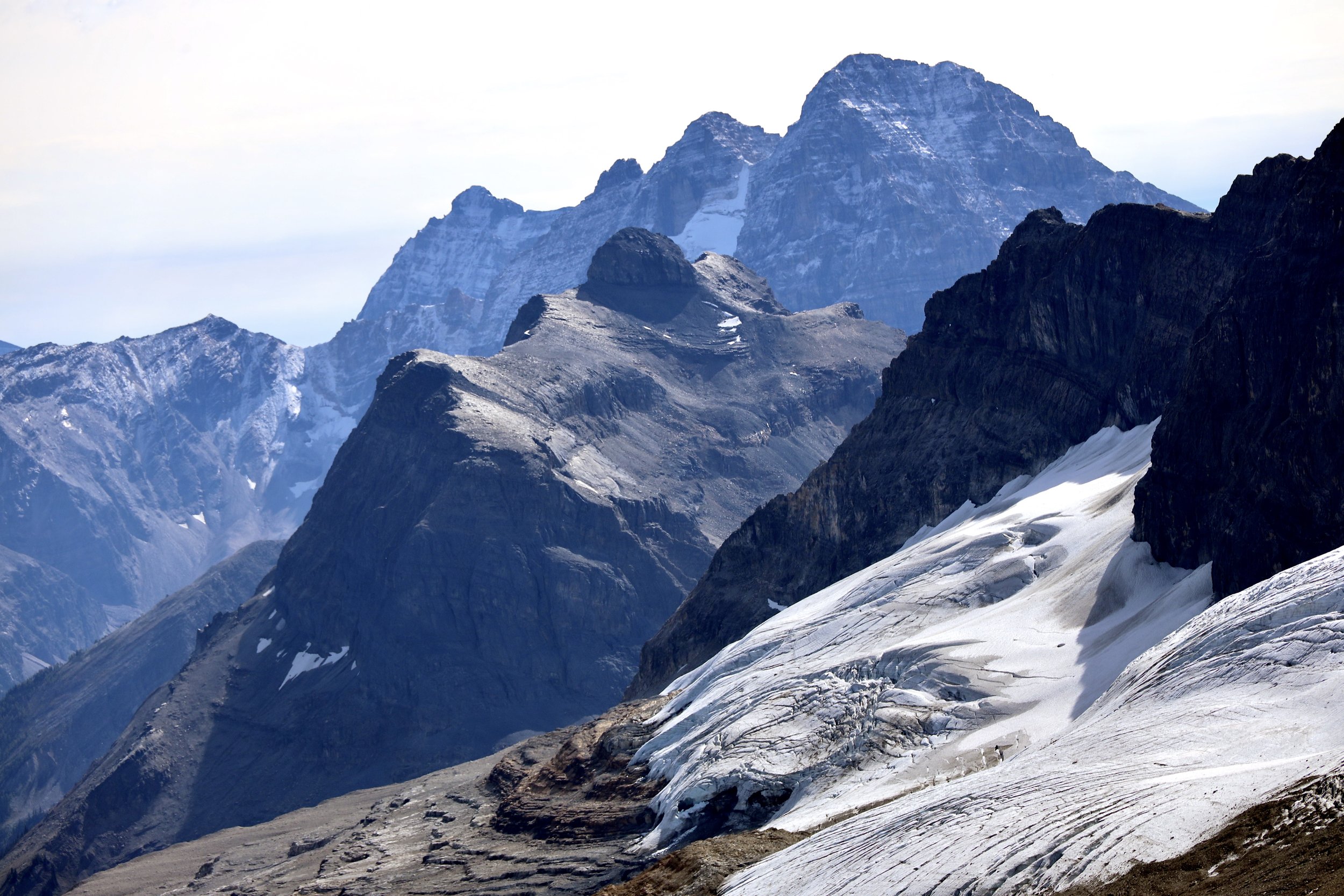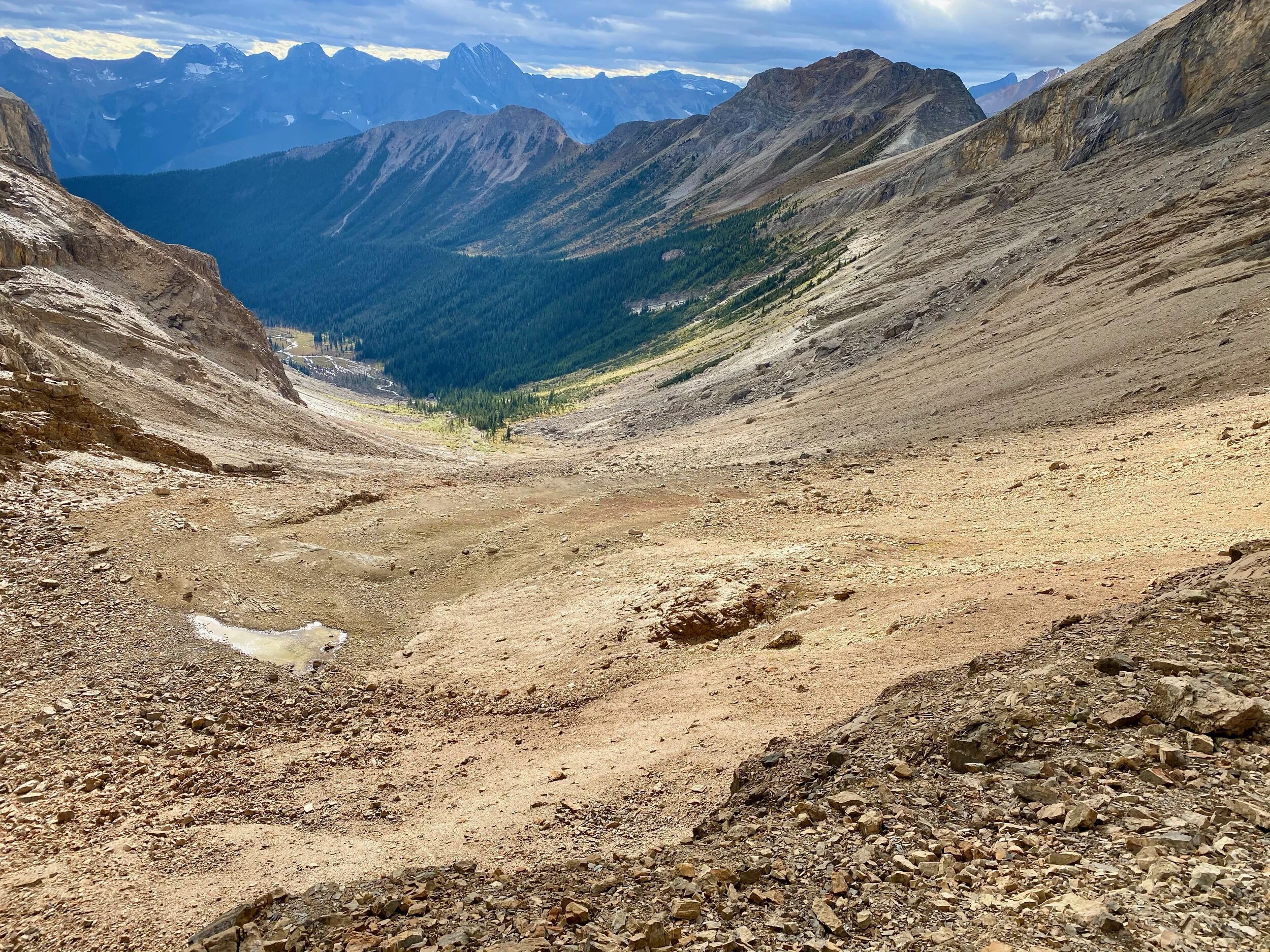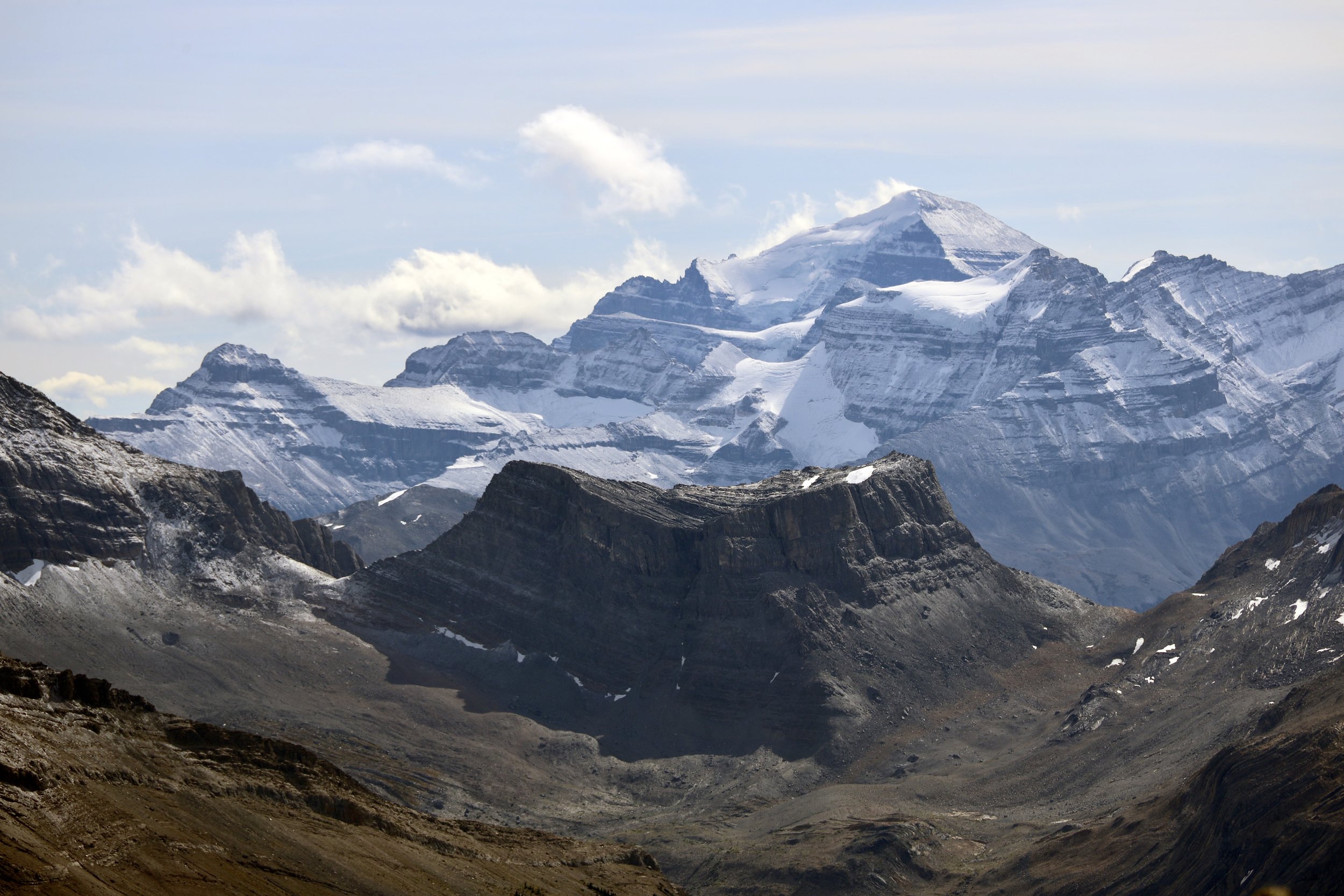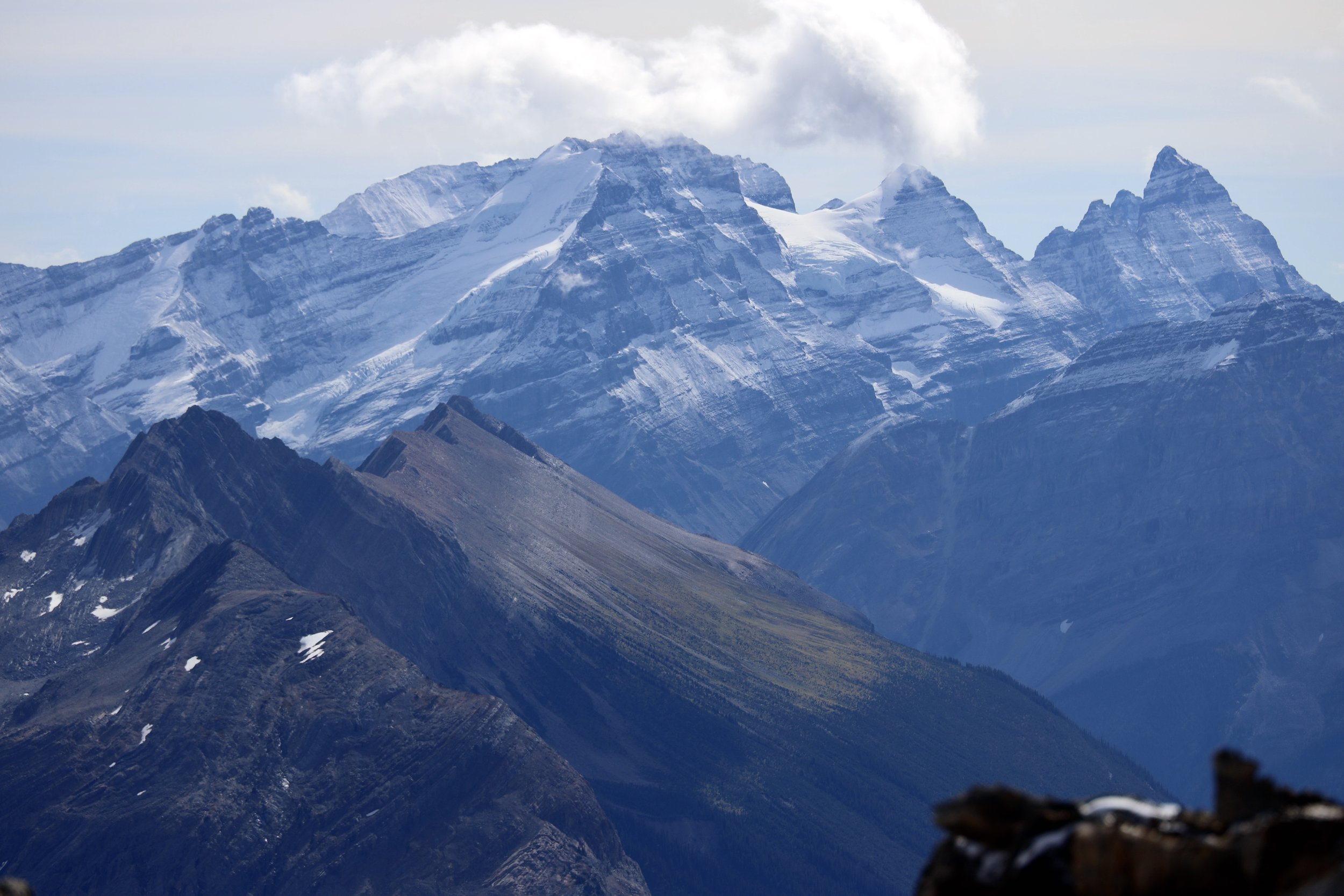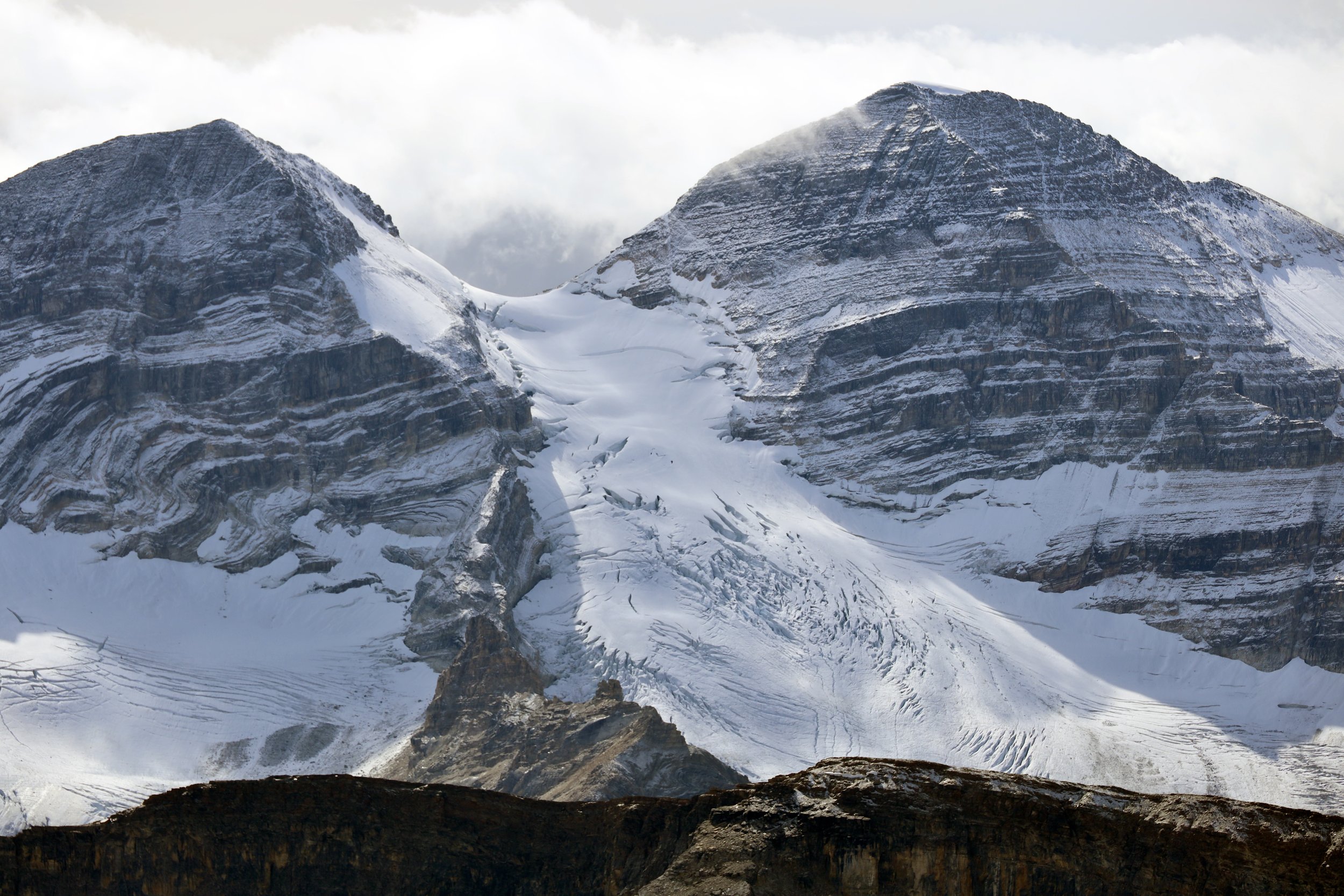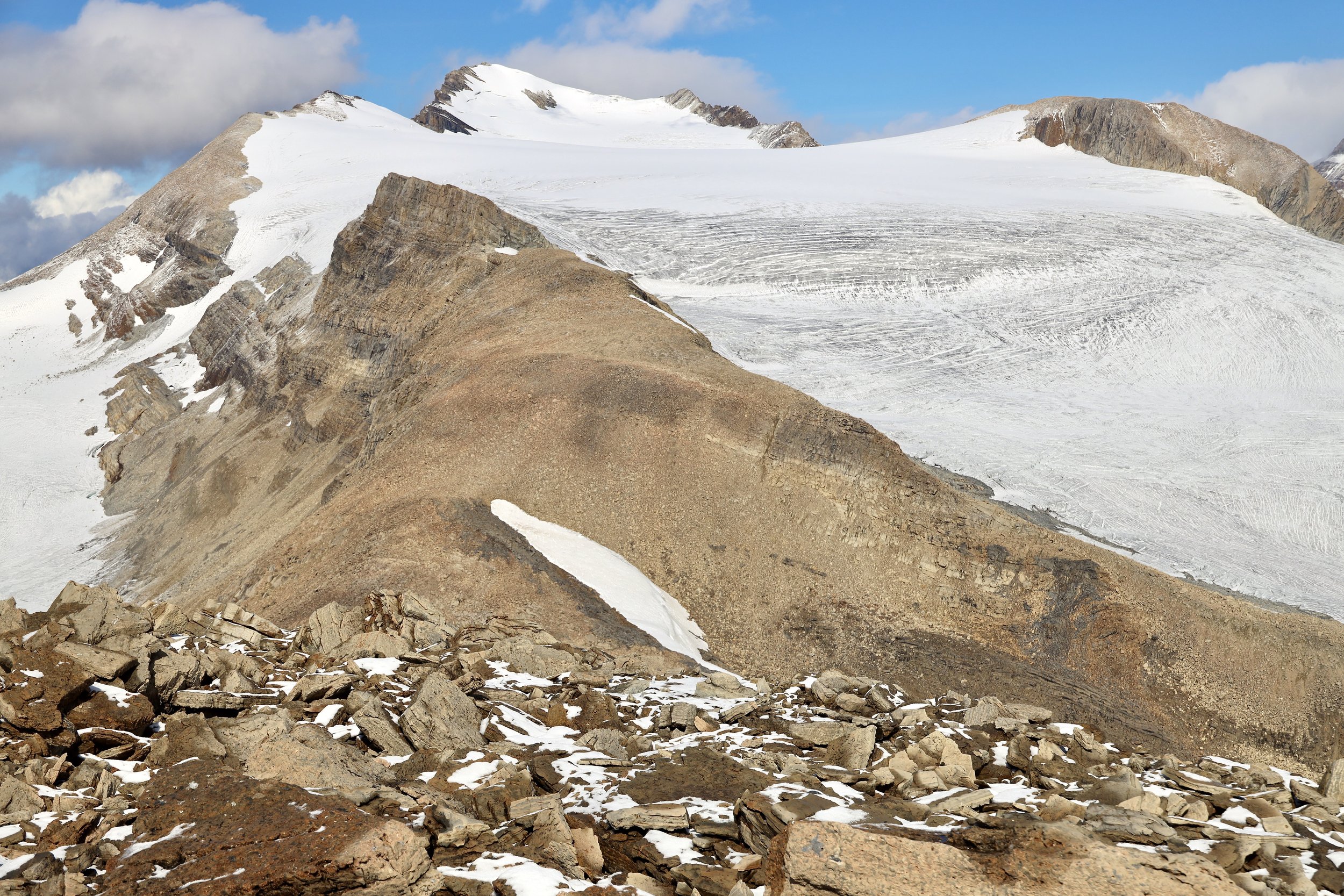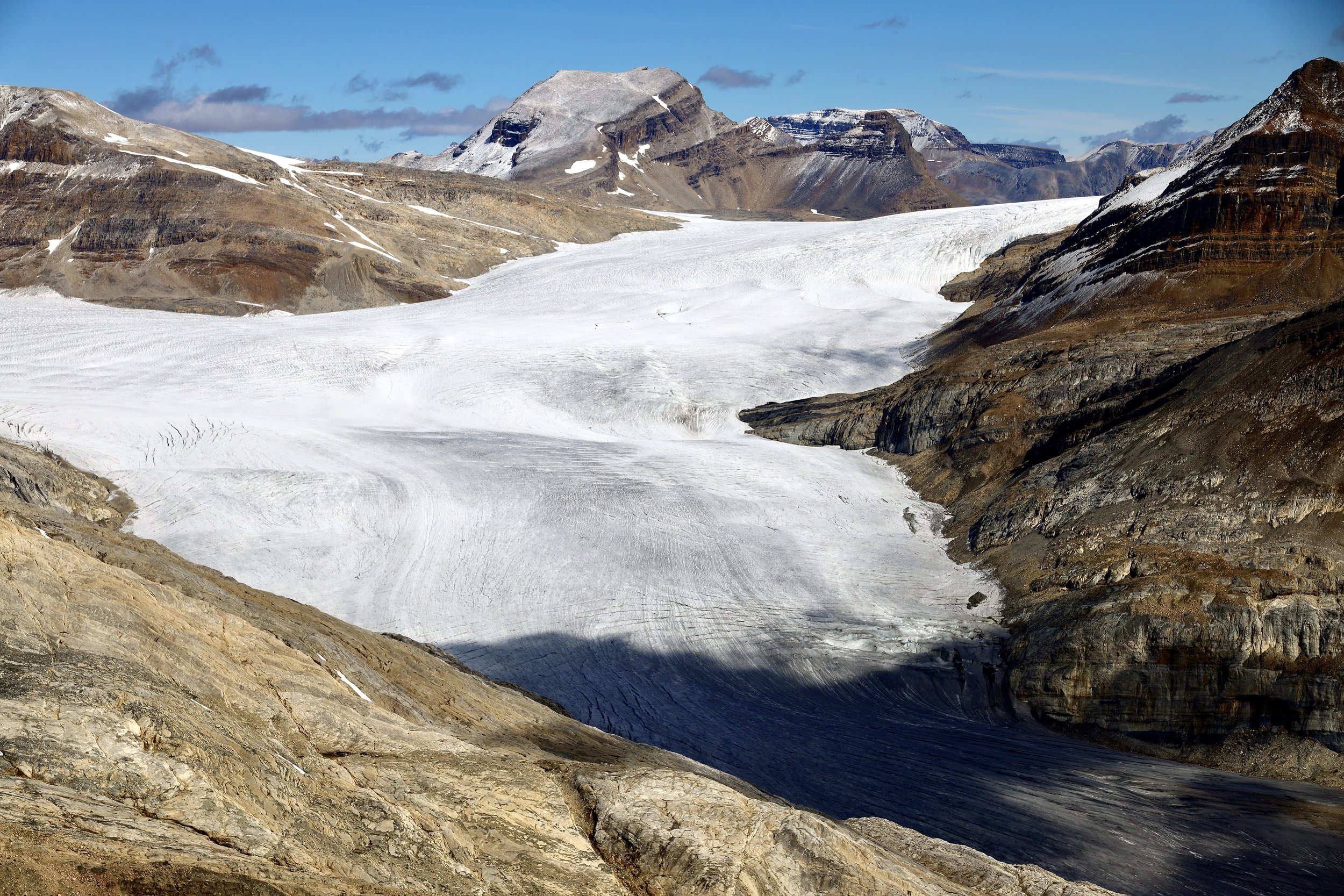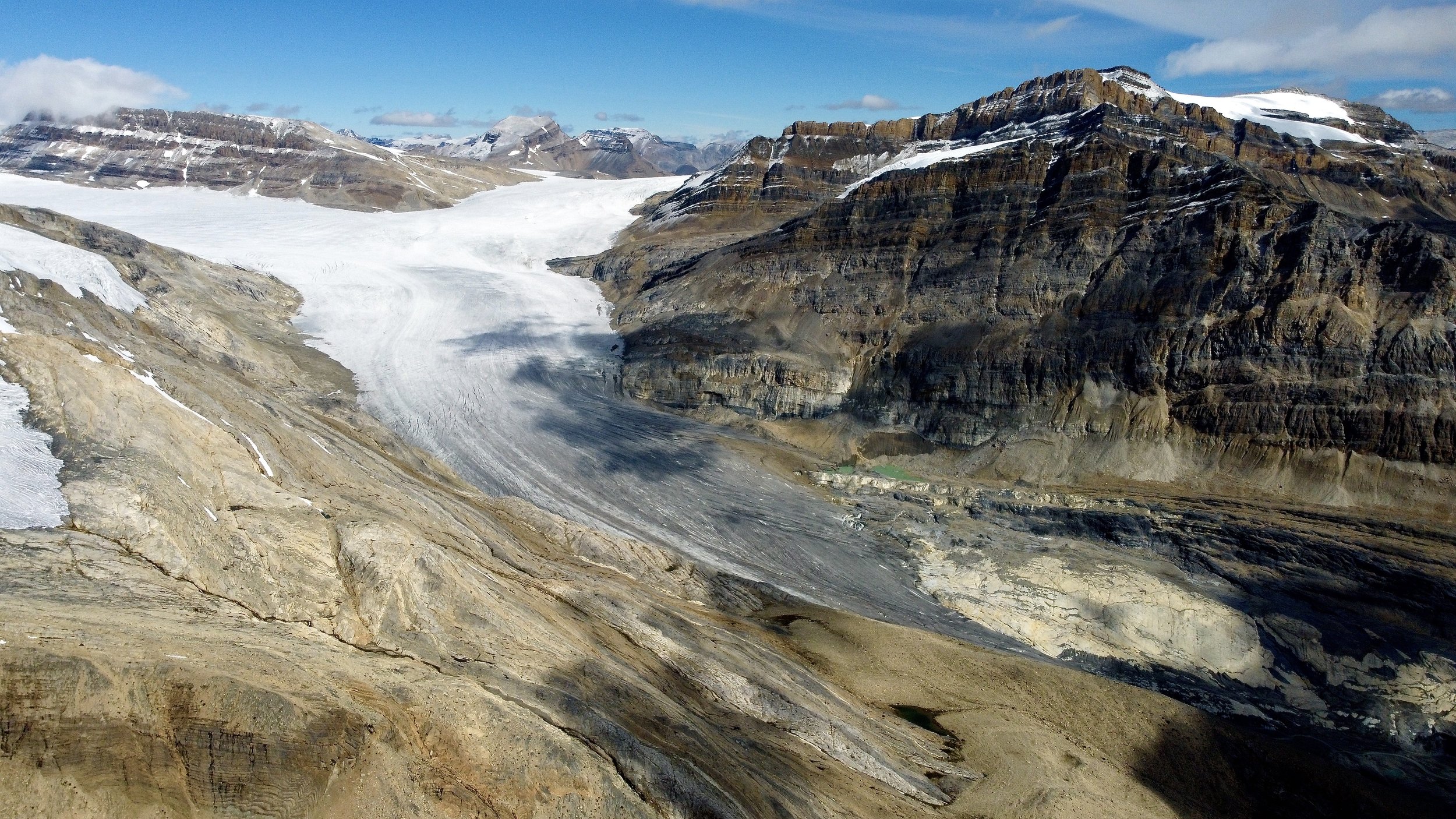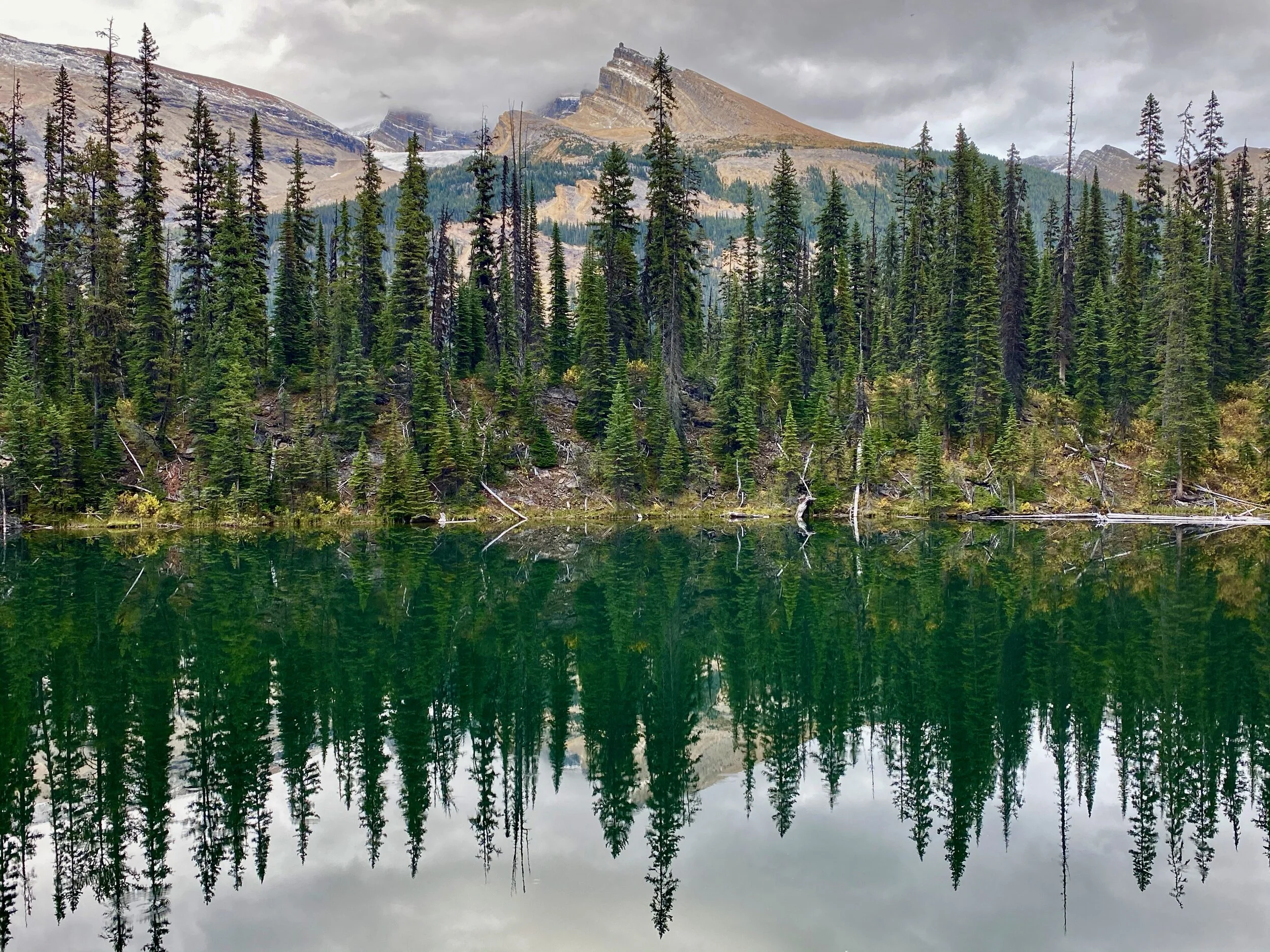On the way we passed Dharapani where the Manaslu trail links with the Annapurna Circuit. I remember coming from that valley with Kumar, Kamsing and Suri. It was my first solo trip and I am here solo again, almost a decade later. We passed the hotel that we stayed in 2011 where Kamsing killed all the spiders for me.
It got dark along the way and we were still a long way from Chame. We finally arrived at the Eagle Nest Hotel after 7.30pm tired and shaken. The hotel seemed deserted and had only another 3 guests from Europe (Holland?). We chatted a little over dinner. I can’t help but be aware of how old I am compared to most trekkers who are half my age! It was too late to set up camp and organize the food. Tomorrow our plan is to walk to Upper Pisang.
October 19, 2019 Upper Pisang 15km, 3300m 680 elevation gain
I woke up early (due to jet lag) at 4.30 am. Most of the tea houses in Chame were almost empty and there were more Nepali trekkers than foreigners. It is quite a contrast to 2011 when it was so crowded that we had to wait in line to climb a hill along the trail. We left at 8.30 am after nice breakfast served in the dining room of the Eagle Nest tea house. The crew organized the loads and supplies for the next few days, at least until we reach Kagbeni. We had a group photo taken and we were off. At first, we walked on the road but it did not matter much as we were in a deep gorge of the Mahiati River. Somewhere near Chame was the end of the Nar-Phu trail that we may exit the trek in 30 days or so.
We had some beautiful views to of the Lamjung Himal along the way. I missed those views in 2011 due to bad weather. We came across a large apple farm that sold us some good apples, cinnamon rolls and apple juice. It is a local business initiative providing work for the villagers and taking advantage of the newly constructed road. It seemed to be well organized and professionally run. We walked along the road blasted of a vertical rock face (I remember walking here as the road was being built). We were mainly alone and did not run into many other trekkers. We had a nice tea break in an empty tea house with the Annapurna 2 ridges towering above us. After crossing the river and a final short uphill push we arrived in Upper Pisang at 11.30am. The entire section of the trail seemed deserted (which I guess was nice for us as I was psyched for crowds).
After arriving in Upper Pisang, I started to feel the elevation. We walked with a good pace and maybe it was too much for the first day? The view from Upper Pisang towards Annapurna 2 is quite spectacular. We were camping in a large field next to a local school. Not a very scenic spot but the view made up for it. I started to enjoy doing nothing, just resting and being in the moment. It is so nice to be outside, hiking and surrounded by magnificence away from the noise of everyday grind.
In the evening at 6 I went to the local gompa for puja ceremony. Some young Americans took it all in assuming lotus poses and becoming one with Panchenmama. They did not last through the ceremony though and left halfway through. The ceremony with chanting and gongs was very atmospheric given the surroundings and location. The gompa was newly built entirely with local labor and donations from the villagers. After the prayers we had a good dinner and off to bed at 6.30pm. I was so tired mainly due to the jet lag.
October 20, 2019 Barga 3465m 19.5 km, 681m elevation gain
During the night I had some mild altitude symptoms: a headache, a dry mouth and oddly my tongue hurt (it was a really weird sensation). I got up at dawn to grey sky. Low clouds surrounded us and mist was covering the peaks. The last time I was here it was also overcast although it cleared up later in the day revealing beautiful views of the valley. Today, at least we can see the 7000m peaks in front of us. We knew from the forecast and empirical evidence that there was no hope for good weather today. It all looked gloomy and soaked in. On the way to Barga we walked through 3 old villages. In one of them, an old lady asked me for money, so I asked her for a photo – a fair exchange I thought. She posed for me without hesitation or resentment.
Soon after leaving Upper Pisang we had to climb up a steep hill for 300m+ to 3700m. I am slowly adjusting to the altitude. From the hill, we had great views of the hanging bridge and the misty Annapurna 2. We walked along the beautiful valley with no views and yet the spectacular mountains were all there behind the curtain of grey clouds. I remember the views from this section from 2011. I am glad that we will be returning here at the end of our trek via Kangla Pass. As we approached Barga it started to rain. We found a tea house, which seemed better than camping in the rain. I do not like camping next to lodges or tea houses. Given a choice I will always take a bed over a tent. The going rate for a room was $5/day.
After arriving at the tea house, I rested a bit and after lunch, I went to explore the monastery of Barga. It is an ancient structure built into a spectacular eroded sandstone hillside. I did not have enough time to see it properly during my last visit in 2011 so I made a point of staying here for the night so we would have enough time to see it. When I arrived at the main hall of the monastery, I run into a tour in progress being led by a local fellow who now lives in Kathmandu. He provided us with explanations of the history of the structure and the artifacts inside the main hall. Surprisingly, there are 3 halls in the complex. We went to see the other two and had to climb ladders to a flat roof from where there was a good view of the village below. The key to the second hall did not work so off we went to see the third chamber. The third chamber had a large statue of the Buddha inside and the familiar murals in the foyer. We walked down with the group discussing some aspects of the Buddhist religion.
After parting ways with the group, I made my way across the filed to take photos of the village nesting against the sandstone pillars with a herd of yaks grazing in the field below it. Tomorrow we leave the familiar trail and turn to ascend the Thorong La. Last time we turned left towards the Tilicho Lake. This time we go right to the Thorong La. I am looking forward to seeing the new ground!
October 21, 2019 Yak Kharka 4050m 17.3km 675m 4 hours






